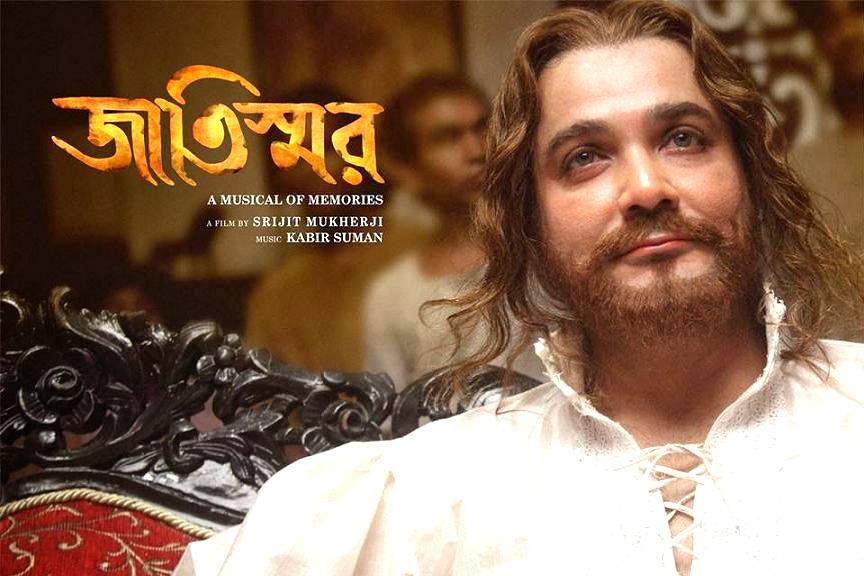Christ and Krishna are hardly different: Antony Phiringi
AHMED TAHSIN SHAMS
[This article was published on August 1, 2015 in The Daily Observer]
Srijit Mukherjee, the director of ‘Jatiswar’, a national award winning Indian-Bangla film and primarily selected by the Indian Oscar committee, perhaps spoke through the character of Maya (Swastika Mukherjee) that “both the Bengals are mine, from Rupom Islam to Nazrul Islam” which clearly hints his anti-racist approach. Moreover, Srijit sketched his thought in an idiosyncratic way, his masterstroke narrative technique being anti-narrative, and thus he paid homage to the artiste who is lost in the lap of time – Antony Phiringi (Prasenjit Chatterjee), a Portuguese Christian whose immense contribution in Bangla ‘Kobi Gaan’, a poetic-musical trend in late 18th century and early 19th century, is an asset of the language as well as of Bangla culture.
Rohit Mehta (Jishu Sengupta) represents Antony of 21st century. The screenplay has been penned astoundingly when the viewers will simultaneously view 19th century and 21st century at a time, the life and struggle of Antony and Rohit, which is a struggle against border, against race in case of culture. The song gives sharp knock of Srijit’s point of view: ‘Phiringiro Bangladesh’ (Antony also belongs to the soil of Bangladesh)
The story takes leap to suspense when viewers find out that the tale which is told about Antony are spoken by a librarian, Kushal Hazra, who claims that he was Antony Phiringi in his previous birth. However, Rohit met that librarian while knowing about Antony as it was his research assignment of his university and he did not believe at the beginning but Kushal provided keen description of Antony’s views, personal and professional life which hardly can be found in any historical book or internet. To give reincarnation a scientific ground, Kushal even referred Ian Stevenson’s, a Canadian biochemist and psychologist, ‘20 cases suggestive of reincarnation’. Moreover, Kushal referred to many recent facts where reincarnation has been found out and there comes the myth term ‘jatiswar’, means a person who can recall the memories of previous birth.

